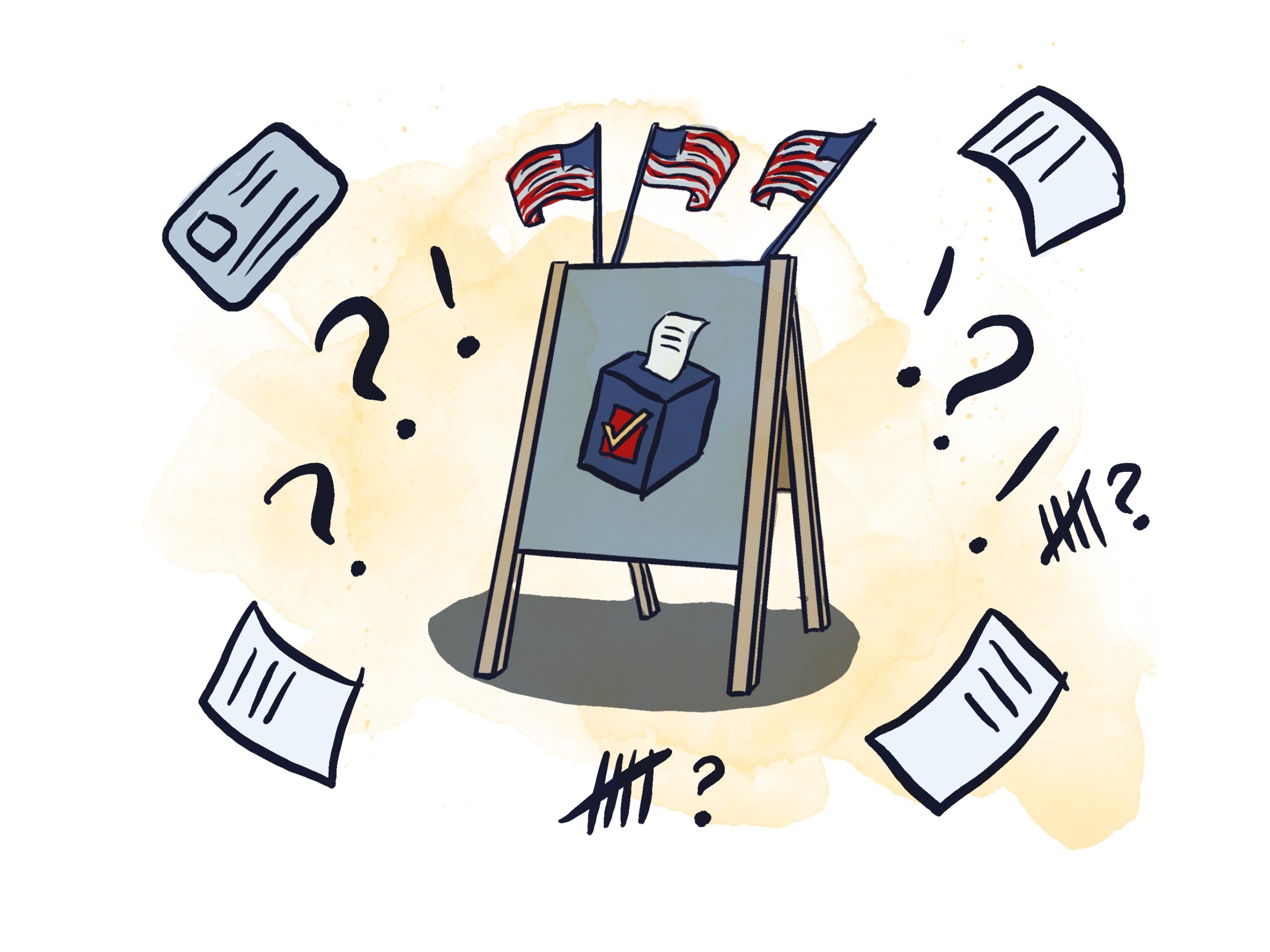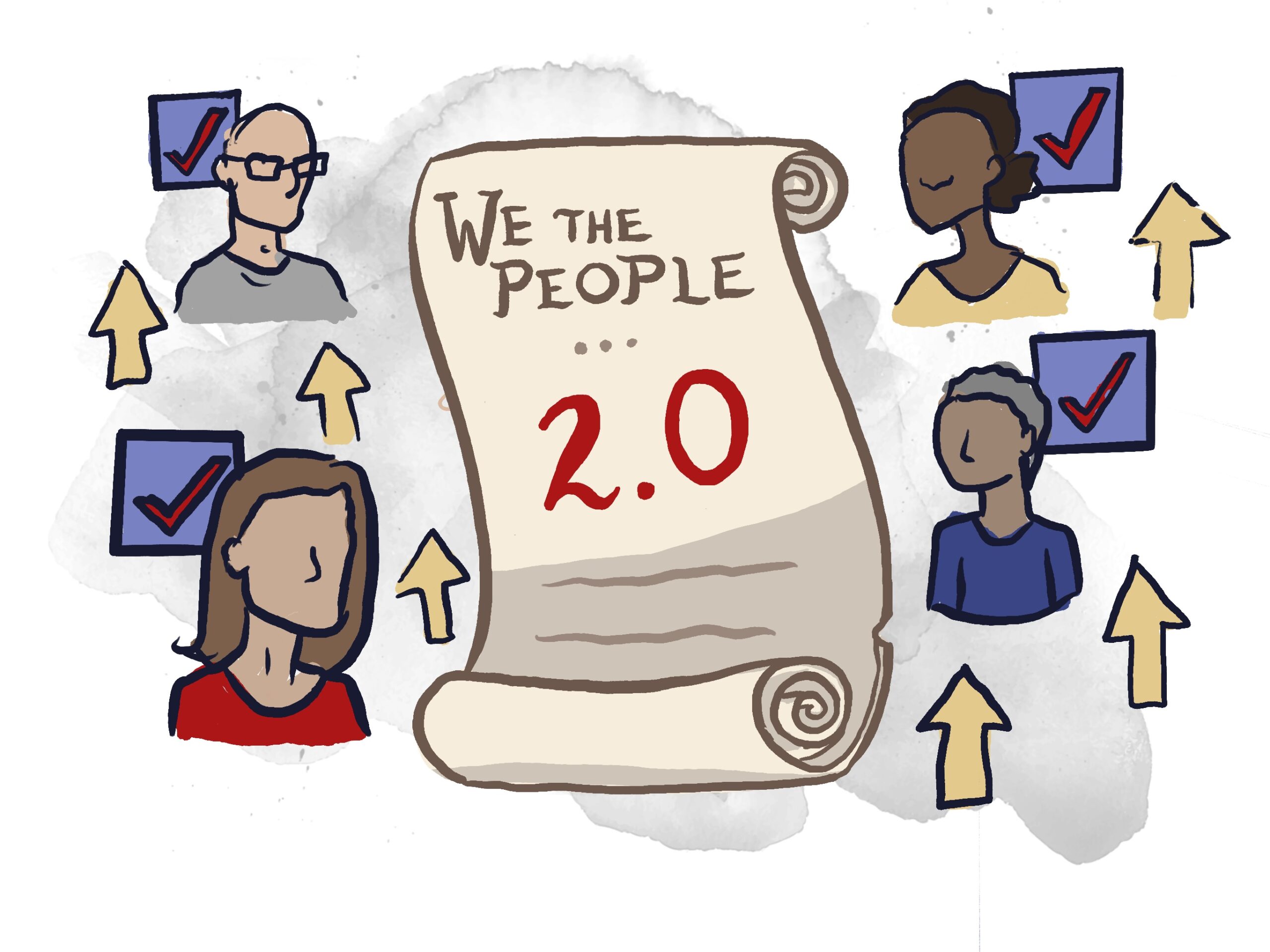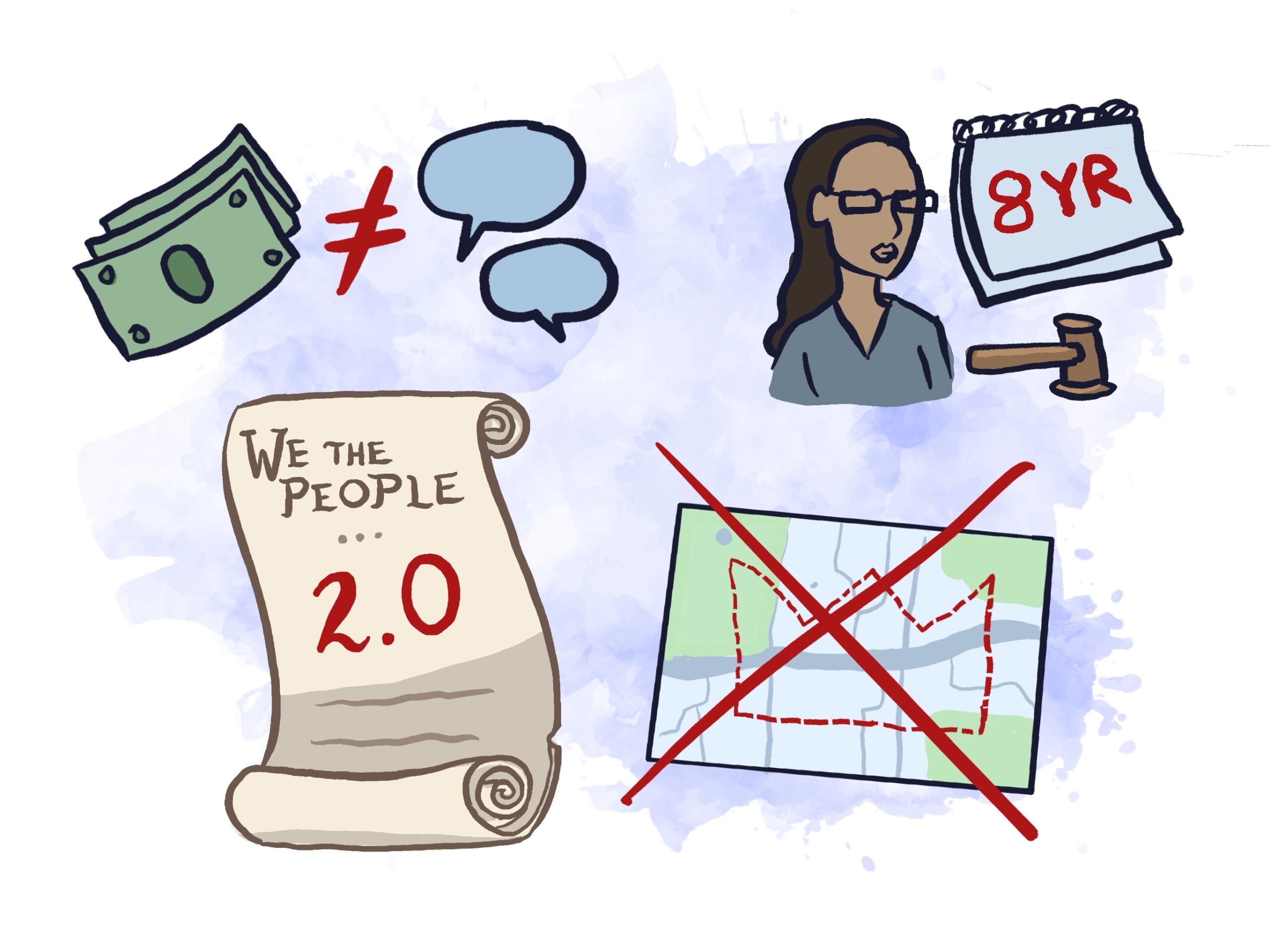The election is held. It is unruly and chaotic. Rules across states vary, and implementation of rules is uneven — some district judges attempt to enact late orders like requiring voter IDs. Others refuse. Election observers refuse to call it a uniformly clean election. Trump tried to steal the election.


But you are proud of your work. The structure of the national Strike Committee is well suited to transform itself to support overwhelming voter turnout. It is broadly trusted by the public even when the opposition spreads rumors to deter voting: A line of voters in Philadelphia has been shot at by passing cars. Militia members are sitting 100 feet from polling stations in downtown Portland. Teams are sent to targeted polling stations to encourage confidence in the election.
After many protests and contested legal fights, the election goes forward. A new slate of political leaders is put into power. The number of incumbents defeated is the highest in generations, with a wave of independents riding on the coattails of the resistance movement’s energy. Many newly elected leaders have already given their pledge to abide by the outcome of the democracy-modeled Constitutional Convention, with its sensible recommendations coming from now over 2,000 cities.


The federal reforms happen first. New laws affirm that money is not speech and put an end to gerrymandering. The bill for term limits for all federal leaders barely passes — only passing with a controversial exemption for current senators and house members. There is an end to right-to-work legislation and support for card check neutrality. The changes take place, buoyed by a movement that keeps up regular protests and occasional strikes. You feel proud of your role in all of it.
THE END.
You managed to push out the autocrat! You did not do it alone. Like in real life, many approaches had to work together to get to this point: defending democratic institutions, supporting a vibrant disobedience wing, protecting individuals being targeted, and building alternative visions beyond just “a return to normal.”
Read Closing Thoughts from the author.
